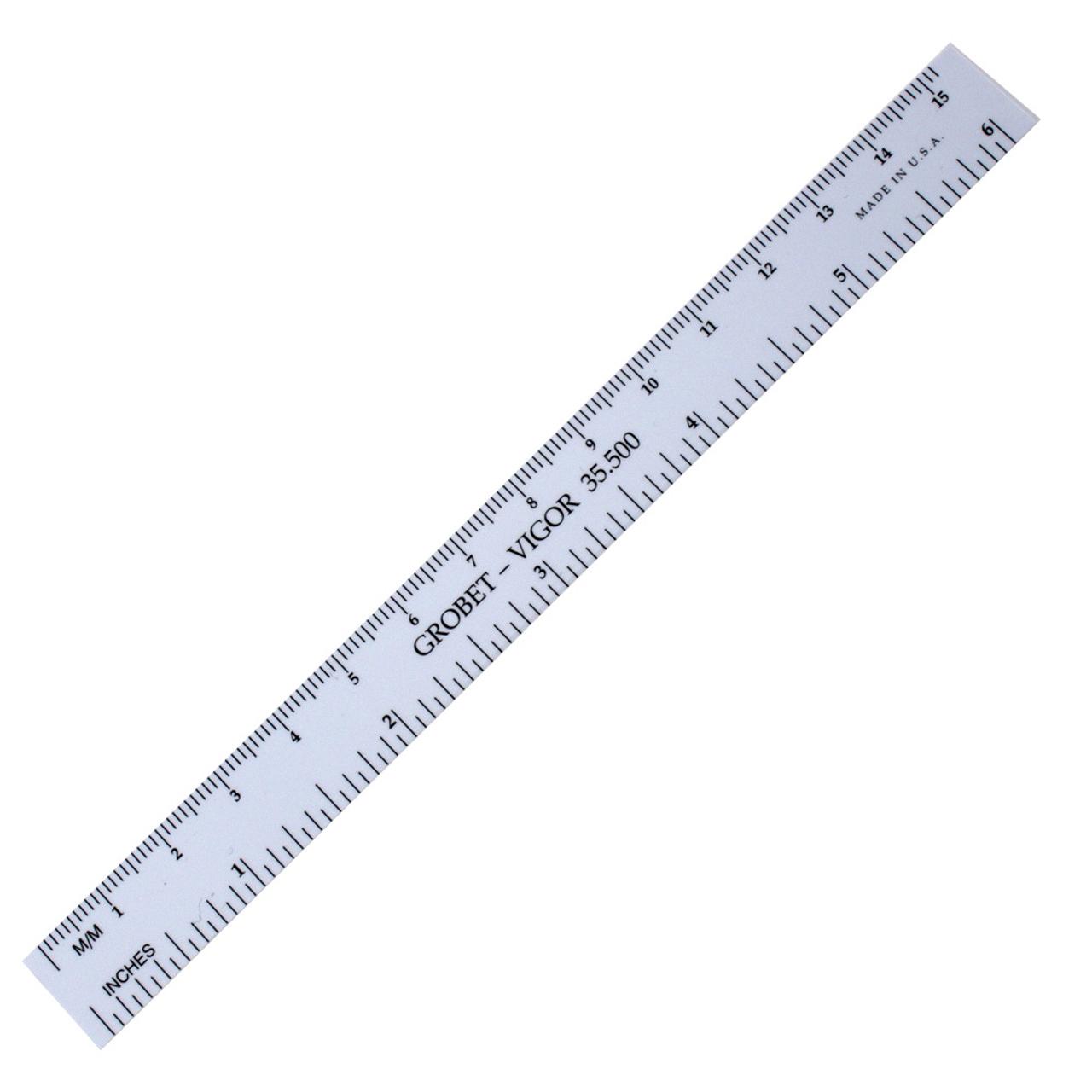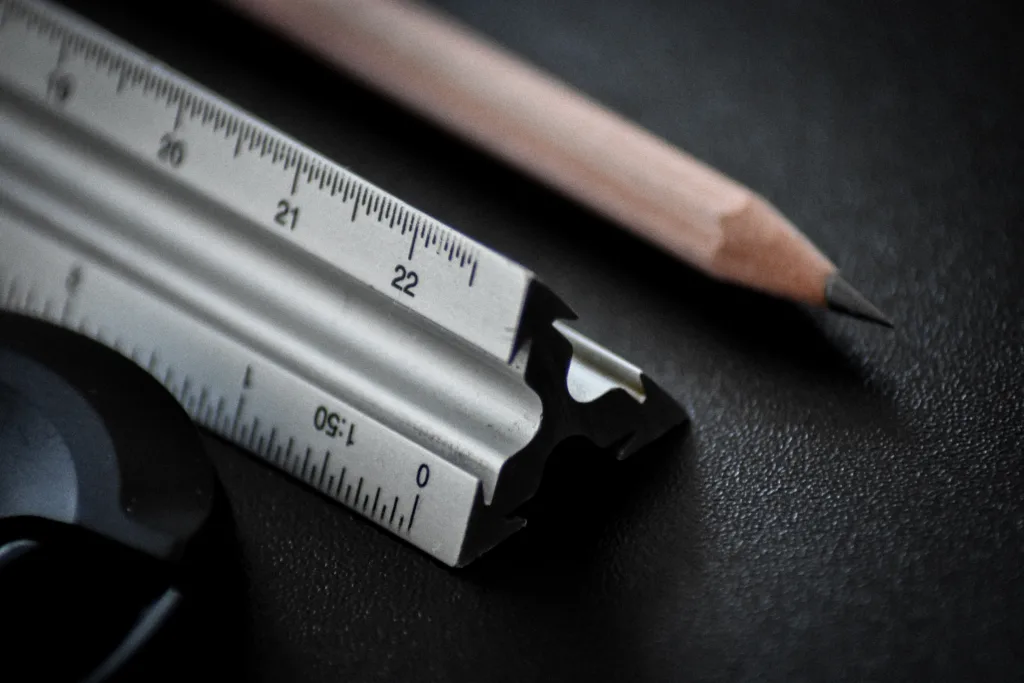Millimeters on a ruler are an important unit of measurement that are used to measure small distances with high accuracy. A metric ruler typically consists of individual lines that represent millimeters, while the numbers on the ruler represent centimeters. This means that there are 10 millimeters for each centimeter, which makes it easy to convert between the two units of measurement.
When measuring with a metric ruler, it is important to keep in mind that each individual line represents a millimeter. This means that if you are trying to measure a distance that is less than a centimeter, you will need to count the number of millimeters between the two points that you are measuring.
To make things easier, many metric rulers are marked with half-millimeter lines, which allow for even more precise measurements. For example, if you need to measure a distance that is 3.5 millimeters long, you can use the half-millimeter lines to get a more accurate measurement.
It is also important to note that millimeters are a very small unit of measurement. In fact, 1 millimeter is just over 1/32 inch, which means that it takes many millimeters to make up even an inch of distance.
Millimeters are a crucial unit of measurement for anyone who neds to measure small distances with high accuracy. By understanding how to use a metric ruler and convert between millimeters and centimeters, you can ensure that your measurements are as precise as possible.
How Do You Measure A Ruler In Mm?
To measure a ruler in millimeters (mm), you will need to look at the individual lines on the ruler. Each line represents a millimeter, which is the smallest unit of measurement on the ruler. The numbers on the ruler represent centimeters (cm), which are made up of 10 millimeters. Therefore, if you want to measure something in millimeters, you will need to count the number of lines from the beginning of the ruler to the end of the object you are measuring. It is important to be accurate when measuring in millimeters, as they are a very small unit of measurement. Using a magnifying glass or a ruler with finer lines can help you achieve greater accuracy.

How Big Is 2 Mm Actual Size?
2mm is just over 1/16 inch in actual size. This means that if you were to measure an object that is 2mm in size, it would be slightly larger than 1/16 of an inch. It is a relatively small measurement and may be difficult to see with the naked eye, but can be measured accurately with the use of a ruler or other measuring device.
What Does 10 Mm Look Like On A Ruler?
When looking at a ruler, 10 mm appears as a small tick mark between two larger numbered lines. It is equivalent to one centimetre, whih is also marked on the ruler. To give a visual idea, 10 mm is approximately the width of a fingernail or the thickness of a stack of five pennies. It is a relatively small measurement on the ruler, but still important for precise measurements. To measure an object with a ruler, we typically use the centimetre or millimetre markings to count the length or width of the object. 10 mm on a ruler is a small tick mark between larger numbered lines, equivalent to one centimetre, and is used for precise measurements.
How Small Is 5 Mm?
5 mm is a measurement of length that is commonly used in various applications. To give you an idea of its size, 5 mm is approximately equivalent to 3/16 of an inch in the imperial measurement system. More precisely, 5 mm is equal to 0.19685 inches when converted. This means that if you were to measure a distance of 5 mm using a ruler or tape measure, it would appear as a small fraction of an inch in length. It is important to note that 5 mm is a relatively small size and may be difficult to visualize without a reference point.

Conclusion
Millimeters on a ruler are a crucial unit of measurement and play a significant role in accurately measuring small distances. Each individual line on the ruler represents a millimeter, and there are ten millimeters in each centimeter. Understanding the relationship betwen millimeters and centimeters is essential for taking precise measurements with a metric ruler. By using a ruler to measure in millimeters, we can obtain accurate measurements for various objects, including keys, screws, and other small items. Therefore, having a clear understanding of millimeters on a ruler is essential for anyone who needs to take precise measurements in their daily life or work.
